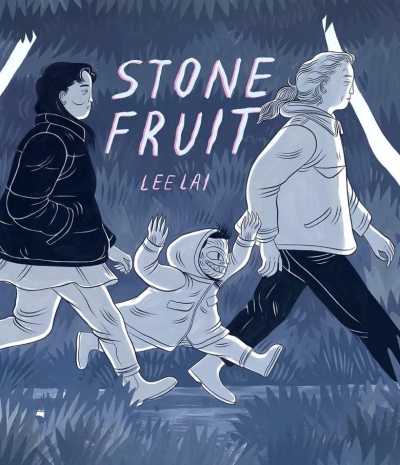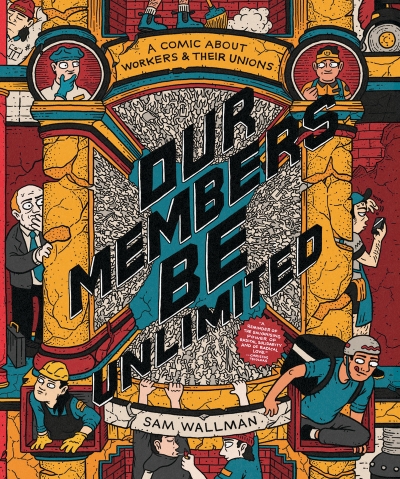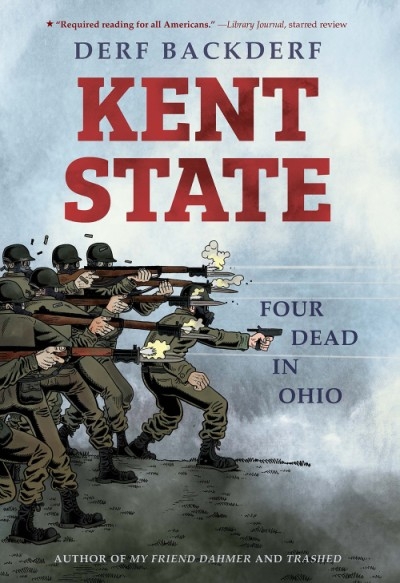Bernard Caleo

Bernard Caleo draws and performs, and is a PhD student at the University of Melbourne, working on place in Australian comic books.
Sam Wallman’s graphic novel Our Members Be Unlimited – ‘a comic about workers & their unions’ – recalls the past victories and the present importance of unions but is haunted by an increasingly attenuated spirit of collectivism. These ‘good ghosts’ of unionism appear halfway through the book during a conversation between two friends, both union members but engaged at different le ... (read more)
Editorial cartoonists gamble their all on a same-day art, their work created, read, and discarded on the day of publication. The makers of graphic novel journalism use the language of cartooning, too, but in their case it’s a marathon, not a sprint: they spend years arranging thousands of images and tens of thousands of words across hundreds of pages in order to create their books. Two new graph ... (read more)
What distinguishes graphic novels (aka ‘big fat comic books’) from other books is how completely the page registers movements of the maker’s hand. Before we begin the business of reading, we look, and what we see is not margin-to-margin Helvetica or Times New Roman: it’s the mark of the makers, be it Alison Bechdel or Kristen Radtke or Mandy Ord. We might even think of the making of comic ... (read more)



